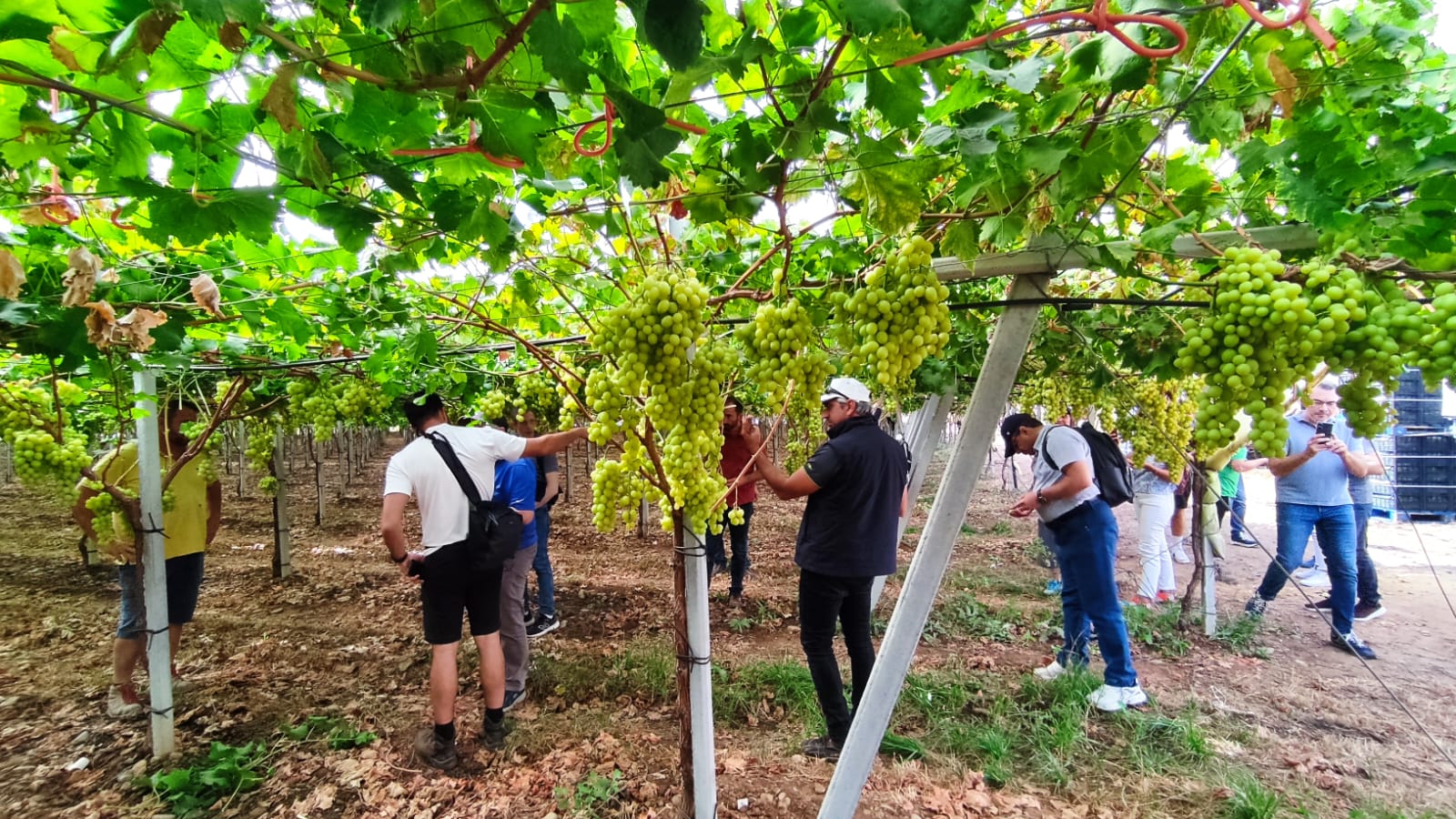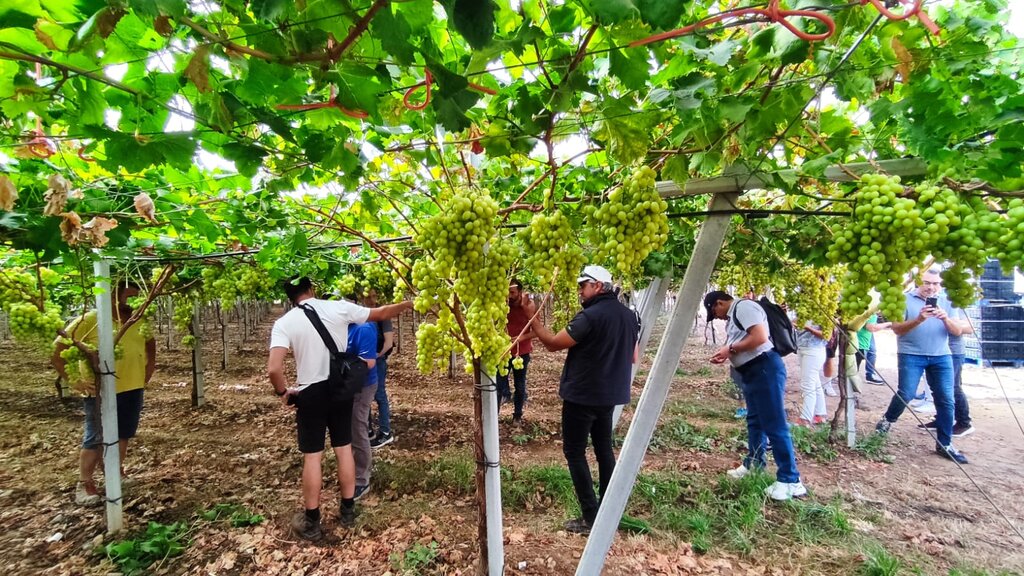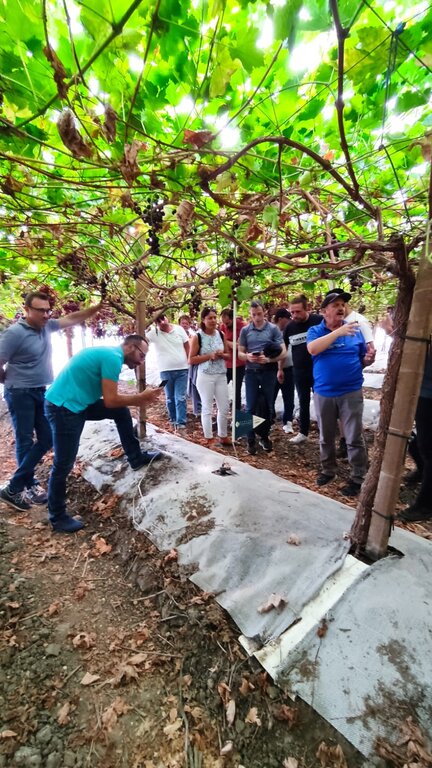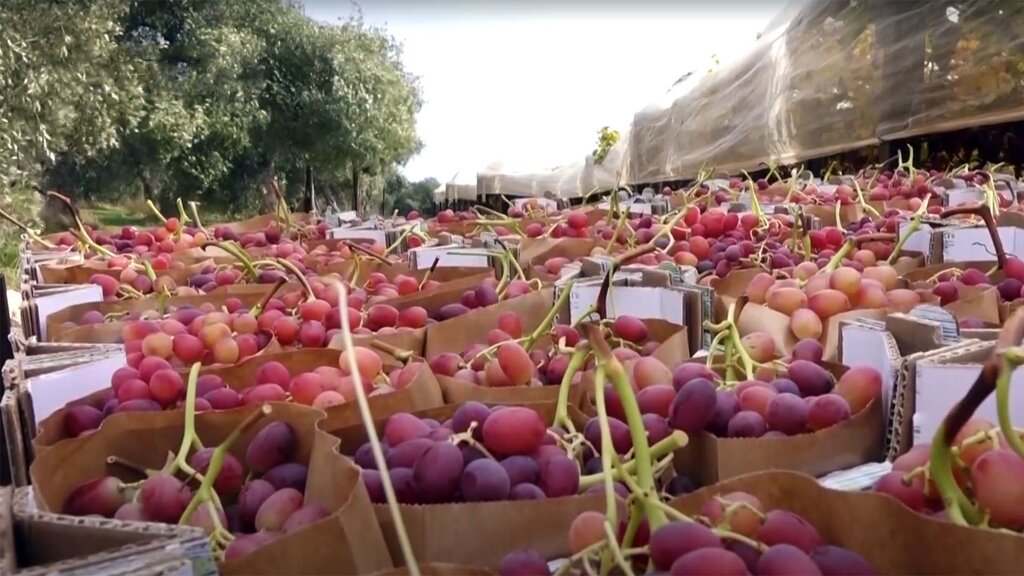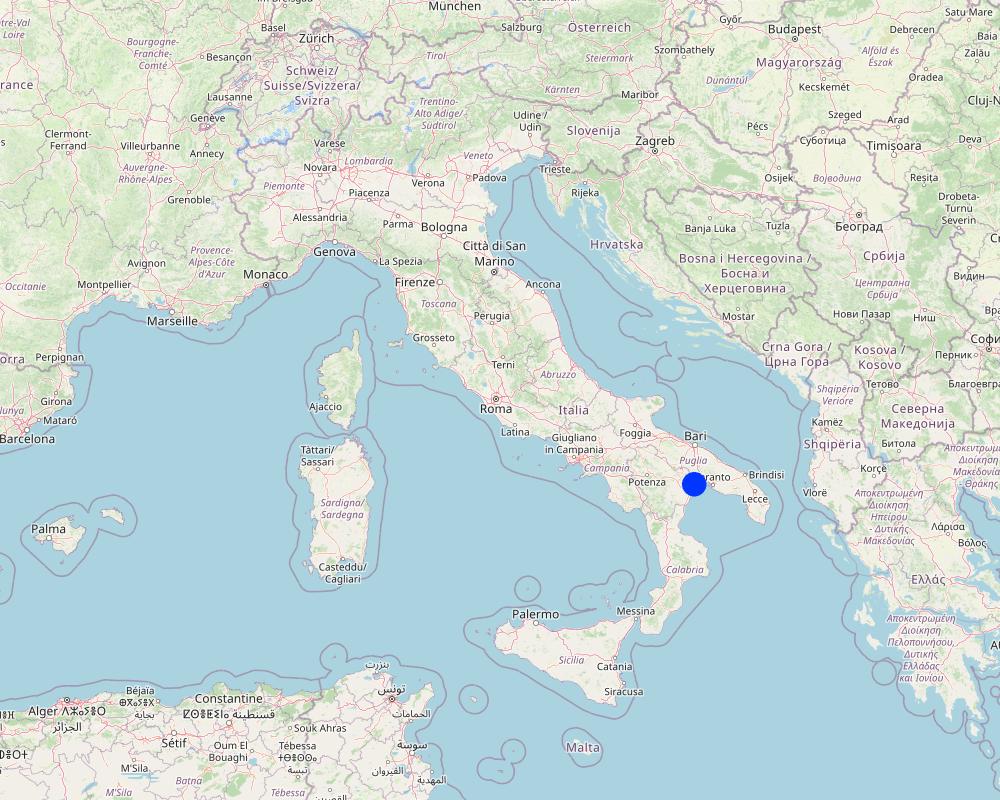Organic Farming of Table Grapes [Italy]
- Creation:
- Update:
- Compiler: Pandi Zdruli
- Editor: –
- Reviewers: William Critchley, Rima Mekdaschi Studer
Agricoltura biologica nella coltivazione di uva da tavola
technologies_7648 - Italy
View sections
Expand all Collapse all1. General information
1.2 Contact details of resource persons and institutions involved in the assessment and documentation of the Technology
Key resource person(s)
SLM specialist:
1.3 Conditions regarding the use of data documented through WOCAT
The compiler and key resource person(s) accept the conditions regarding the use of data documented through WOCAT:
Yes
1.4 Declaration on sustainability of the described Technology
Is the Technology described here problematic with regard to land degradation, so that it cannot be declared a sustainable land management technology?
No
Comments:
Organic farming avoids contamination of soil and water by eliminating the use of chemical fertilisers and other synthetic inputs.
2. Description of the SLM Technology
2.1 Short description of the Technology
Definition of the Technology:
Organic Farming (OF) of table grape production in Apulia region is estimated at 8.5% of the total area. The advantages of OF include an increase in soil organic matter, better water holding capacity and lower soil salinity.
2.2 Detailed description of the Technology
Description:
The EU Green Deal programme targets the conversion of 25% of agriculture into organic farming. Italy is close to 20% (as of 2024), and progress is being made towards the 25% target. Organic farming (OF) of fresh table grape production in Apulia region is estimated at about 8.5% of the total area of 35,000 ha. There are clear advantages of OF over conventional production methods in terms of soil heath. Soil organic matter is increased and water holding capacity is improved. Lower levels of soil salinity are also observed, principally due to the elimination of chemical fertilisers. Production is supported by modern, digitised, drip irrigation systems that increase water use efficiency.
Organic table grapes are produced at farm level. The main characteristics are based on the principles of organic farming, namely those of Health, Ecology, Fairness and Care. These principles guide the production system in (i) promoting soil, plant, animal, and human health, (ii) sustaining healthy ecological systems, (iii) ensuring fairness for all involved, and (iv) taking a precautionary and accountable approach to protect the environment for now and for future generations. Organic farming aims to produce food that sustains the health of the soil, plants, animals, humans, and thus the planet as an indivisible whole. This involves nurturing living systems rather than trying to control them, while promoting a strong and healthy environment.
The main purpose of organic table grape farming is to produce healthy grapes without hurting the environment, and in particular protecting soil and water from contamination. In the production system, inputs include organic manure to increase and maintain soil organic matter, and the encouragement of beneficial insects for pest control. The major benefits of farming this way are the production of better-quality grapes, while simultaneously improving soil health. Furthermore, the selling price of organic grapes attracts a premium of about 30%. This compensates for the lower yields that often occur as a result of eliminating synthetic chemical inputs.
Organic farming in Italy is regulated by the DECRETO LEGISLATIVO of 6 October 2023, no. 148 that sets out standards of production that are the basis of official certification.
However organic farming is not mainstream in fresh grape production, and many farmers remain reluctant to adopt it. This is mainly related to the need for biological means of pest and disease control that do not work effectively all the time, unlike synthetic chemical pesticides and fungicides that are not permitted under OF. This has consequences on yields and potentially on farmers’ income.
2.3 Photos of the Technology
General remarks regarding photos:
The irrigation system is computerised and remotely controlled by the farmer.
2.5 Country/ region/ locations where the Technology has been applied and which are covered by this assessment
Country:
Italy
Region/ State/ Province:
Apulia Region, Taranto
Further specification of location:
Dioemede Farm
Specify the spread of the Technology:
- evenly spread over an area
If the Technology is evenly spread over an area, specify area covered (in km2):
300.0
If precise area is not known, indicate approximate area covered:
- 100-1,000 km2
Is/are the technology site(s) located in a permanently protected area?
No
Comments:
The technology is found in farmlands cultivated over long periods.
Map
×2.6 Date of implementation
If precise year is not known, indicate approximate date:
- less than 10 years ago (recently)
2.7 Introduction of the Technology
Specify how the Technology was introduced:
- through land users' innovation
Comments (type of project, etc.):
The technology is also promoted by the EU Green Deal where the targets are to convert 25% of EU agriculture into OF by 2030.
3. Classification of the SLM Technology
3.1 Main purpose(s) of the Technology
- reduce, prevent, restore land degradation
- conserve ecosystem
- preserve/ improve biodiversity
- create beneficial economic impact
- create beneficial social impact
3.2 Current land use type(s) where the Technology is applied
Land use mixed within the same land unit:
No
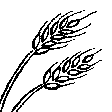
Cropland
- Perennial (non-woody) cropping
- Grapes
- Table grapes cultivated for a period of max 20 years
Number of growing seasons per year:
- 1
Specify:
One harvest per year
Is intercropping practiced?
No
Is crop rotation practiced?
No

Other
Specify:
Grapes vineyards
Remarks:
Table grape production is widely spead in the Provinces of Bari and Taranto in Apulia Region
3.3 Has land use changed due to the implementation of the Technology?
Has land use changed due to the implementation of the Technology?
- No (Continue with question 3.4)
Land use mixed within the same land unit:
No
3.4 Water supply
Water supply for the land on which the Technology is applied:
- full irrigation
Comments:
Irrigation is crucial for table grape production. Water comes from several dams in the area and from groundwater.
3.5 SLM group to which the Technology belongs
- integrated soil fertility management
- integrated pest and disease management (incl. organic agriculture)
- irrigation management (incl. water supply, drainage)
3.6 SLM measures comprising the Technology
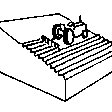
agronomic measures
- A2: Organic matter/ soil fertility
- A3: Soil surface treatment
- A4: Subsurface treatment
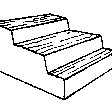
structural measures
- S3: Graded ditches, channels, waterways
- S5: Dams, pans, ponds
- S7: Water harvesting/ supply/ irrigation equipment
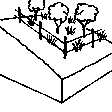
management measures
- M2: Change of management/ intensity level
- M3: Layout according to natural and human environment
3.7 Main types of land degradation addressed by the Technology
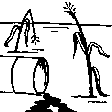
chemical soil deterioration
- Cn: fertility decline and reduced organic matter content (not caused by erosion)
- Cs: salinization/ alkalinization
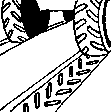
physical soil deterioration
- Pk: slaking and crusting
- Pw: waterlogging
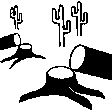
biological degradation
- Bq: quantity/ biomass decline
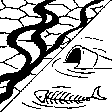
water degradation
- Ha: aridification
- Hs: change in quantity of surface water
- Hg: change in groundwater/aquifer level
- Hp: decline of surface water quality
- Hq: decline of groundwater quality
3.8 Prevention, reduction, or restoration of land degradation
Specify the goal of the Technology with regard to land degradation:
- prevent land degradation
4. Technical specifications, implementation activities, inputs, and costs
4.1 Technical drawing of the Technology
Technical specifications (related to technical drawing):
The sketch gives an overview of an organically farmed table grape plantation. The grape rows are spaced at 2.5 metres apart, and the grape vines then pruned to reach 2.0 metres high (making management and harvesting easier). Drip irrigation pipes are situated alongside the rows of grapes - allowing precisely controlled and thus efficient application of water to each plant. Fertilizer is delivered in the irrigation water - thus it constitutes a "fertigation system".
Author:
Pandi Zdruli
Date:
06/10/2025
4.2 General information regarding the calculation of inputs and costs
Specify how costs and inputs were calculated:
- per Technology area
Indicate size and area unit:
Hectare
other/ national currency (specify):
EUR
If relevant, indicate exchange rate from USD to local currency (e.g. 1 USD = 79.9 Brazilian Real): 1 USD =:
0.85
Indicate average wage cost of hired labour per day:
50
4.3 Establishment activities
| Activity | Timing (season) | |
|---|---|---|
| 1. | Soil preparation | Winter |
| 2. | Location of cemented piles | Winter |
| 3. | Rootstock planting | Winter |
| 4. | Grafting | Winter |
| 5. | Establish irrigation and fertigation system | Winter |
| 6. | Fall |
Comments:
Grape cultivation requires first soil preparation, followed by establishing the cemented piles that form the framework to support the grapes. Then planting is carried out using rootstock filoxera resistant varieties upon which the grafting is carried out. All of this is supported by an irrigation system.
4.4 Costs and inputs needed for establishment
If you are unable to break down the costs in the table above, give an estimation of the total costs of establishing the Technology:
30000.0
If land user bore less than 100% of costs, indicate who covered the remaining costs:
100% by the land users
Comments:
The costs of establishing fresh table grape plantations are covered 100% by the land users - mostly big companies with adequate financial resources.
4.5 Maintenance/ recurrent activities
| Activity | Timing/ frequency | |
|---|---|---|
| 1. | Irrigation | Every 10 days during the irrigation season |
| 2. | Application of organic inputs | Once per year in winter |
| 3. | Weeding | Frequently during the growing season |
| 4. | Pruning | Once a year |
4.6 Costs and inputs needed for maintenance/ recurrent activities (per year)
If you are unable to break down the costs in the table above, give an estimation of the total costs of maintaining the Technology:
10000.0
If land user bore less than 100% of costs, indicate who covered the remaining costs:
100% by the land users
Comments:
All maintenance costs are covered by land users
4.7 Most important factors affecting the costs
Describe the most determinate factors affecting the costs:
Raw materials, like rootstock, irrigation systems, tractors and labour costs
5. Natural and human environment
5.1 Climate
Annual rainfall
- < 250 mm
- 251-500 mm
- 501-750 mm
- 751-1,000 mm
- 1,001-1,500 mm
- 1,501-2,000 mm
- 2,001-3,000 mm
- 3,001-4,000 mm
- > 4,000 mm
Specify average annual rainfall (if known), in mm:
650.00
Specifications/ comments on rainfall:
Typical Mediterranean climate with dry and hot summers and mild wet winters
Indicate the name of the reference meteorological station considered:
Ginosa
Agro-climatic zone
- semi-arid
Semi arid climate, with annual rainfall about 650 mm/year
5.2 Topography
Slopes on average:
- flat (0-2%)
- gentle (3-5%)
- moderate (6-10%)
- rolling (11-15%)
- hilly (16-30%)
- steep (31-60%)
- very steep (>60%)
Landforms:
- plateau/plains
- ridges
- mountain slopes
- hill slopes
- footslopes
- valley floors
Altitudinal zone:
- 0-100 m a.s.l.
- 101-500 m a.s.l.
- 501-1,000 m a.s.l.
- 1,001-1,500 m a.s.l.
- 1,501-2,000 m a.s.l.
- 2,001-2,500 m a.s.l.
- 2,501-3,000 m a.s.l.
- 3,001-4,000 m a.s.l.
- > 4,000 m a.s.l.
Indicate if the Technology is specifically applied in:
- not relevant
Comments and further specifications on topography:
Flatlands
5.3 Soils
Soil depth on average:
- very shallow (0-20 cm)
- shallow (21-50 cm)
- moderately deep (51-80 cm)
- deep (81-120 cm)
- very deep (> 120 cm)
Soil texture (topsoil):
- medium (loamy, silty)
Soil texture (> 20 cm below surface):
- medium (loamy, silty)
Topsoil organic matter:
- low (<1%)
If available, attach full soil description or specify the available information, e.g. soil type, soil PH/ acidity, Cation Exchange Capacity, nitrogen, salinity etc.
Cambisol/Fluvisol soil types, basic pH above 7.5, good CEC values, lower salinity, low soil organic matter less than 1.5%
5.4 Water availability and quality
Ground water table:
< 5 m
Availability of surface water:
medium
Water quality (untreated):
for agricultural use only (irrigation)
Water quality refers to:
both ground and surface water
Is water salinity a problem?
Yes
Specify:
Areas located close to the Ioanian Sea expose salinity problems
Is flooding of the area occurring?
Yes
Regularity:
episodically
Comments and further specifications on water quality and quantity:
Water quality deriving from the above ground dams is of good quality but during the summer irrigation season is not enough to satisfy farmers needs, then many of them have drilled wells and pump groundwater for their needs. Often such water is saline.
5.5 Biodiversity
Species diversity:
- medium
Habitat diversity:
- medium
Comments and further specifications on biodiversity:
Mostly herbacous plants along the drainage canals. Soil biodiversity dominated by earthworms and billions of microorganisms.
5.6 Characteristics of land users applying the Technology
Sedentary or nomadic:
- Sedentary
Market orientation of production system:
- commercial/ market
Off-farm income:
- less than 10% of all income
Relative level of wealth:
- rich
Individuals or groups:
- individual/ household
- cooperative
Level of mechanization:
- manual work
- mechanized/ motorized
Gender:
- women
- men
Age of land users:
- middle-aged
5.7 Average area of land used by land users applying the Technology
- < 0.5 ha
- 0.5-1 ha
- 1-2 ha
- 2-5 ha
- 5-15 ha
- 15-50 ha
- 50-100 ha
- 100-500 ha
- 500-1,000 ha
- 1,000-10,000 ha
- > 10,000 ha
Is this considered small-, medium- or large-scale (referring to local context)?
- medium-scale
5.8 Land ownership, land use rights, and water use rights
Land ownership:
- company
- individual, titled
Land use rights:
- individual
Water use rights:
- communal (organized)
Are land use rights based on a traditional legal system?
No
Specify:
Not traditional, regulated by the Government laws
Comments:
All land rights are in line with EU rules
5.9 Access to services and infrastructure
health:
- poor
- moderate
- good
education:
- poor
- moderate
- good
technical assistance:
- poor
- moderate
- good
employment (e.g. off-farm):
- poor
- moderate
- good
markets:
- poor
- moderate
- good
energy:
- poor
- moderate
- good
roads and transport:
- poor
- moderate
- good
drinking water and sanitation:
- poor
- moderate
- good
financial services:
- poor
- moderate
- good
6. Impacts and concluding statements
6.1 On-site impacts the Technology has shown
Socio-economic impacts
Production
crop quality
Comments/ specify:
Grapes are free of pesticide and fungicide residues
land management
Comments/ specify:
Minimum tillage makes field operations simpler and quicker
Water availability and quality
irrigation water availability
Comments/ specify:
Infiltration and water holding capacity are increased, making more water available downstream for pumping
demand for irrigation water
Comments/ specify:
Water demands are reduced because of efficient systems of irrigation
Income and costs
farm income
Comments/ specify:
A result of increased prices of grapes: value addition through organic farming
Socio-cultural impacts
SLM/ land degradation knowledge
Comments/ specify:
The major lever for conversion to OF is awareness among farmers that this form of farming brings economic soil health benefits.
Ecological impacts
Water cycle/ runoff
groundwater table/ aquifer
Comments/ specify:
Water infiltrates better under this system
evaporation
Comments/ specify:
Reduced by better ground cover
Soil
soil moisture
Comments/ specify:
Increased by better ground cover
soil cover
Comments/ specify:
Improved as a result of minimum tillage
soil loss
Comments/ specify:
Less erosion as ground cover improved
soil crusting/ sealing
Comments/ specify:
A positive result of minimum tillage
soil compaction
Comments/ specify:
A positive result of minimum tillage
nutrient cycling/ recharge
Comments/ specify:
The overall system supports and encourages this
salinity
Comments/ specify:
Less irrigation water used
soil organic matter/ below ground C
Comments/ specify:
The overall system supports and encourages this
Biodiversity: vegetation, animals
pest/ disease control
Comments/ specify:
Fewer beneficial insects killed because of elimination of chemical pesticides
Climate and disaster risk reduction
drought impacts
Comments/ specify:
The overall system supports and encourages irrigation water efficiency
emission of carbon and greenhouse gases
Comments/ specify:
A result of minimum tillage
Specify assessment of on-site impacts (measurements):
Data were collected in the context of the PRIMA funded REACT4MED project: a combination of data, expert assessment and farmer testimony
6.2 Off-site impacts the Technology has shown
water availability
Comments/ specify:
Better infiltration of rainwater etc
reliable and stable stream flows in dry season
Comments/ specify:
Better infiltration of rainwater etc
downstream flooding
Comments/ specify:
Better infiltration of rainwater etc
Specify assessment of off-site impacts (measurements):
Data were collected in the context of the PRIMA funded REACT4MED project: a combination of data, expert assessment and farmer testimony
6.3 Exposure and sensitivity of the Technology to gradual climate change and climate-related extremes/ disasters (as perceived by land users)
Gradual climate change
Gradual climate change
| Season | increase or decrease | How does the Technology cope with it? | |
|---|---|---|---|
| seasonal rainfall | summer | decrease | moderately |
Climate-related extremes (disasters)
Hydrological disasters
| How does the Technology cope with it? | |
|---|---|
| flash flood | moderately |
6.4 Cost-benefit analysis
How do the benefits compare with the establishment costs (from land users’ perspective)?
Short-term returns:
slightly positive
Long-term returns:
very positive
How do the benefits compare with the maintenance/ recurrent costs (from land users' perspective)?
Short-term returns:
slightly positive
Long-term returns:
very positive
6.5 Adoption of the Technology
- 11-50%
If available, quantify (no. of households and/ or area covered):
3000 hectares
Of all those who have adopted the Technology, how many did so spontaneously, i.e. without receiving any material incentives/ payments?
- 11-50%
Comments:
In some cases there are EU subsidies to convert to OF but farmers complain about bureaucracy and red tape.
6.6 Adaptation
Has the Technology been modified recently to adapt to changing conditions?
No
6.7 Strengths/ advantages/ opportunities of the Technology
| Strengths/ advantages/ opportunities in the land user’s view |
|---|
| Organic Farming in fresh table grapes requires dedication from farmers and rigorous application of technology. |
| Production may be lower in terms of quantity but the quality is better, translated into higher selling price |
| This requires however, raising awareness of customers for such products and willingness to pay a higher price for a healthy product. |
| Strengths/ advantages/ opportunities in the compiler’s or other key resource person’s view |
|---|
| Organic Farming has also benefits for soil health, biodiversity and overall environment |
6.8 Weaknesses/ disadvantages/ risks of the Technology and ways of overcoming them
| Weaknesses/ disadvantages/ risks in the land user’s view | How can they be overcome? |
|---|---|
| Weaknesses are mostly related to the willingness of some farmers to change their methods of farming | Spread the positive results, show concrete examples where the technology worked out well. |
| Weaknesses/ disadvantages/ risks in the compiler’s or other key resource person’s view | How can they be overcome? |
|---|---|
| Converting to OF is not easy and straightforward. Many farmers fear that they will lose income and will be subject to severe controls from the regional authorities and their product may not be certified, so they could lose the market. | Correct application of the methodology. |
7. References and links
7.1 Methods/ sources of information
- field visits, field surveys
Several visits in the area
- interviews with land users
25
- interviews with SLM specialists/ experts
5
- compilation from reports and other existing documentation
8
When were the data compiled (in the field)?
19/09/2023
Comments:
Data were collected in the context of the PRIMA funded REACT4MED project
7.2 References to available publications
Title, author, year, ISBN:
Restoration, Indicators, and Participatory Solutions: Addressing Water Scarcity in Mediterranean Agriculture. Perrino, E.V.; Zdruli, P.; Piscitelli, L.; D’Agostino. 2025
Available from where? Costs?
Agronomy 2025, 15, 1517. https://doi.org/10.3390/agronomy15071517
7.4 General comments
Results reported here are based on the work done by CIHEAM Bari team in the REACT4MED project.
Links and modules
Expand all Collapse allLinks
No links
Modules
No modules


